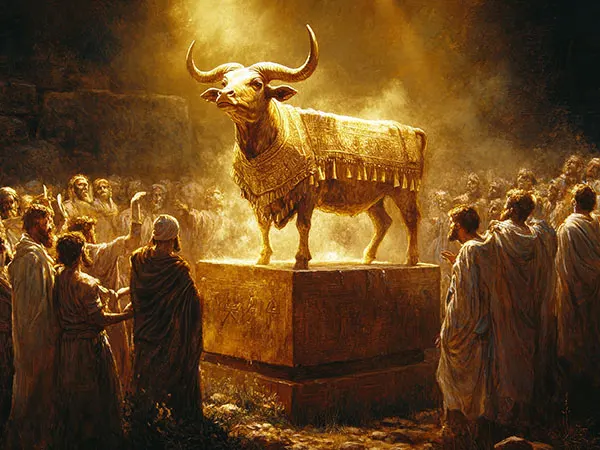Filter by Categories
The Parables of Matthew 13 (Part Five): The Parable of the Leaven
Bible Study by Martin G. CollinsIn the Parable of the Leaven, as recorded in Matthew 13:33 and Luke 13:20-21, Jesus Christ forewarns of internal doctrinal distortions that would corrupt God's church through history. The three measures of meal in this parable, representing a significant amount akin to the grain offering of the Old Testament, are emblematic of love, service, and loyalty to others, especially within the church. This offering, as noted in Leviticus 2:5, was never to contain leaven, underscoring its purity in symbolizing the offerer's dedication to fellow human beings, much like Christ's own service to mankind. Leaven, in this context, symbolizes corruption and evil, hidden within the meal by a woman who represents a deceptive system of beliefs. This act of concealment signifies the subtle infusion of false doctrines into the church, eroding relationships and fostering self-centered attitudes that spread destructively, much like leaven in dough. The warning is clear: such corrupt influences, if unchecked, threaten the very fabric of communal love and service that the meal offering embodies.
The Sacrifices of Leviticus (Part 4)
Sermon by John W. RitenbaughThe meal offering represents the second Great Commandment, love toward fellow man. Our service to others requires much grinding self-sacrifice and surrender.
The Sacrifices of Leviticus (Part 5)
Sermon by John W. RitenbaughThe meal offering represents the intense self-sacrifice required in service to man. Our service to man must be done for God's sake rather than man's appreciation.
How Much Leaven Can God Take?
Sermon by John W. RitenbaughThe tares and wheat must coexist until the harvest when the fruit will become clearly seen, at which time a separation and judgment will take place.
The Parable of the Leaven, Expanded
Sermon by Richard T. RitenbaughBitterness divides one member of Christ's Body from another. Individuals often look for a 'doctrinal' reason to justify leaving a congregation.
Our God-Given Need to Sacrifice
Sermonette by Martin G. CollinsWhen we give holy day offerings, we are demonstrating our commitment and gratitude to God for the blessings He has generously showered upon us.
Offerings (Part Three)
Sermon/Bible Study by John W. RitenbaughThe meal offering (grain offering) represents fulfilling our duty to our neighbor. he materials used in the meal offering symbolize Jesus' perfect character.

Prepare to Meet Your God (Part Five): Religion and Holiness
Article by John W. Ritenbaugh and Richard T. RitenbaughThe prophet Amos exposes the ancient Israelites' religion as syncretic, a blend of God's way and paganism, corresponding to this world's Christianity.
Deleavening the Home
Sermon by Richard T. RitenbaughIf each of us individually puts out the leaven of malice and consume the Unleavened Bread of sincerity, we would fulfill our community responsibility.
Amos (Part Seven)
Sermon/Bible Study by John W. RitenbaughGod, through His prophets, warns that He will chasten His people with increasing severity until they repent and begin to reflect His characteristics.
The First Day of Unleavened Bread (Part One)
Sermon by John W. RitenbaughPassover takes place at twilight as the 14th of Abib begins. Unleavened Bread begins 24 hours later on the 15th of Abib. The Passover is a preparation day.